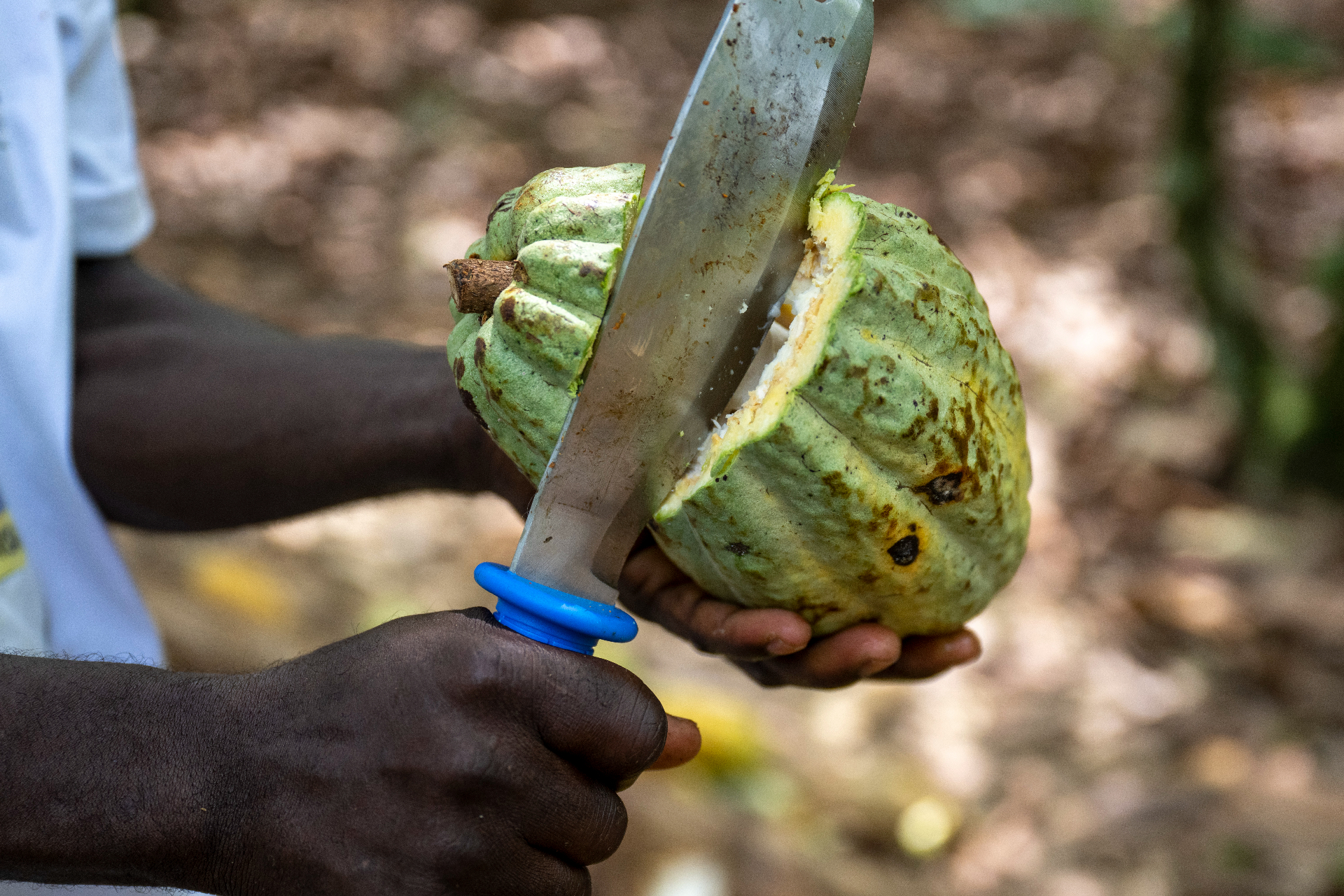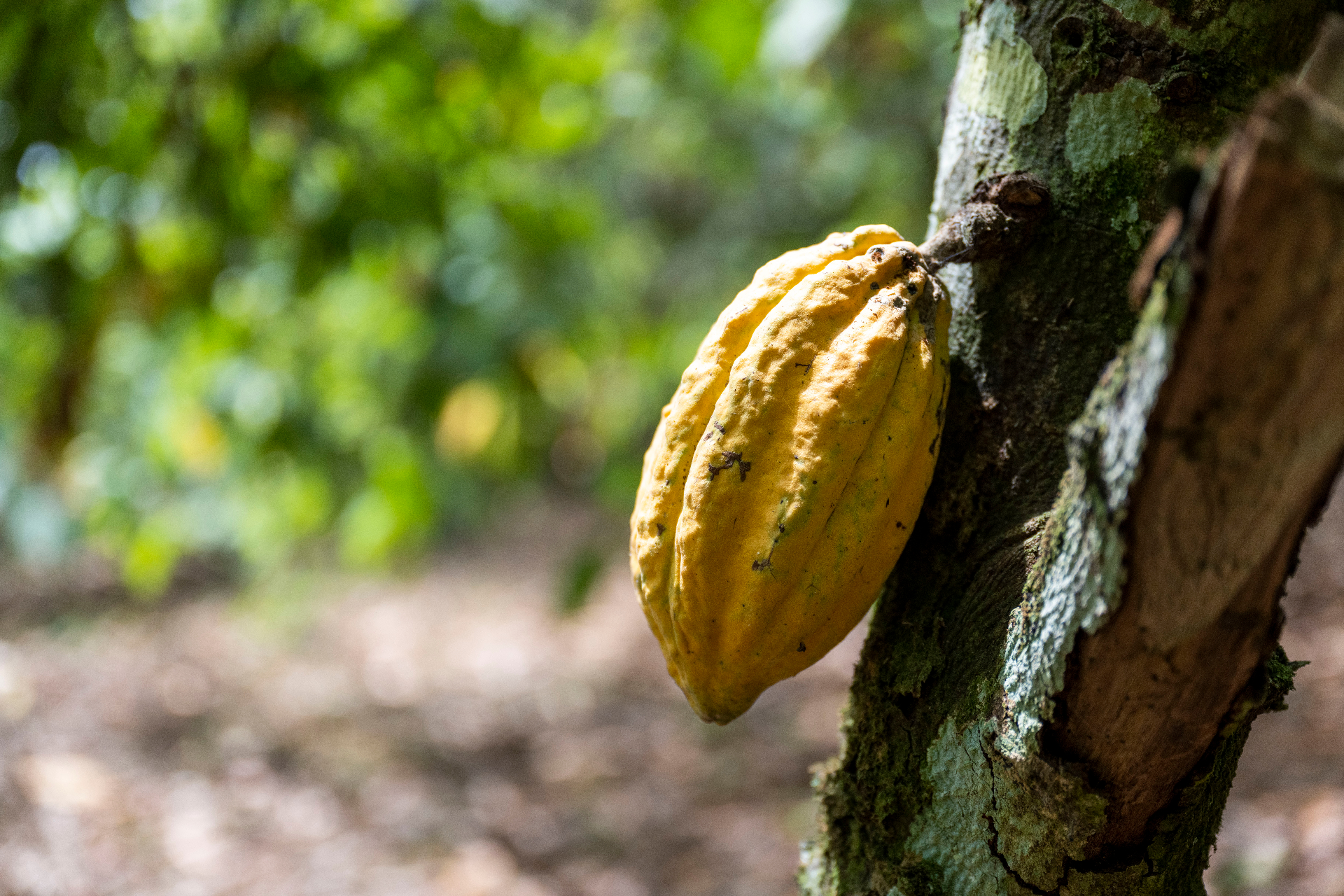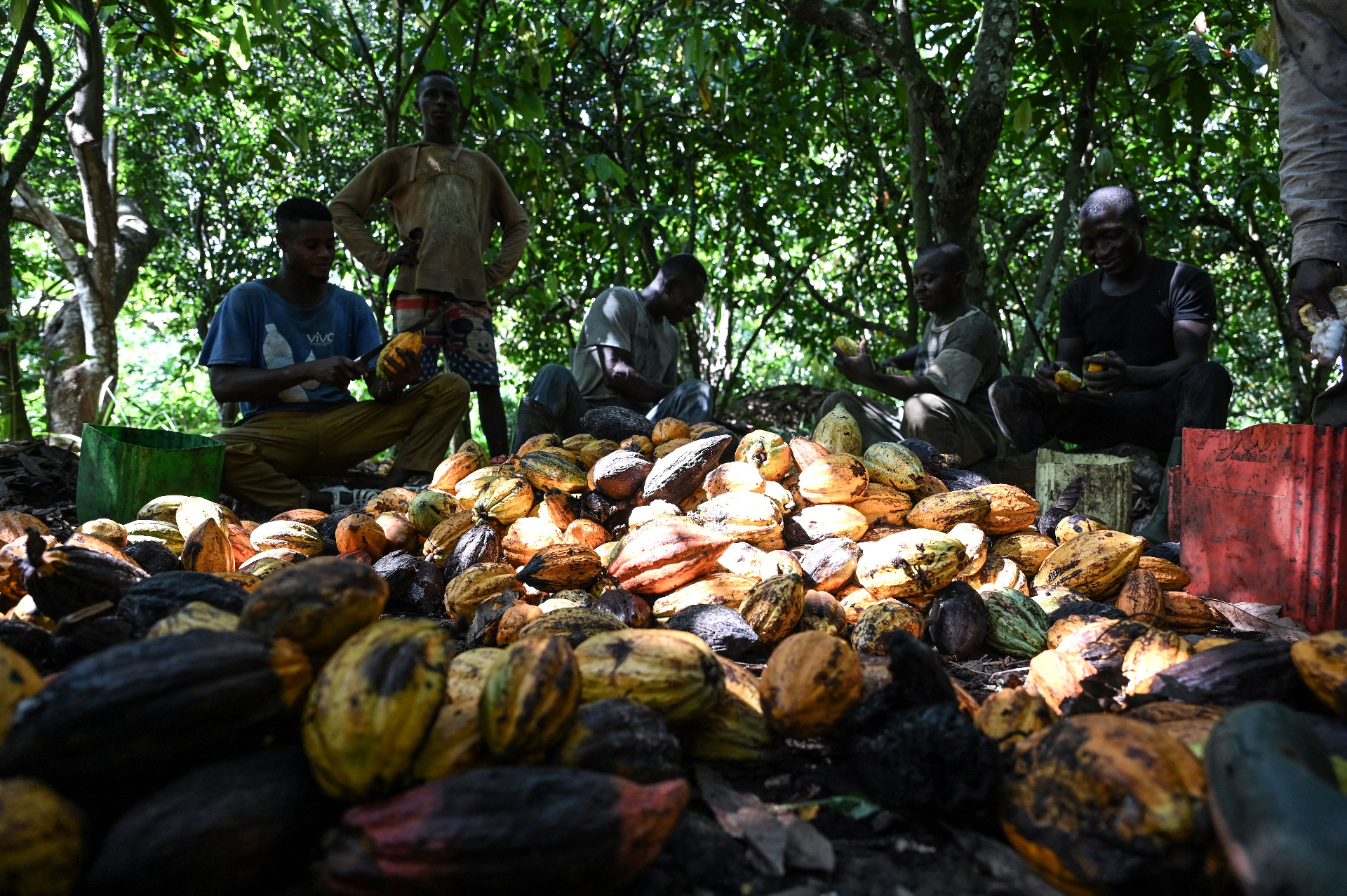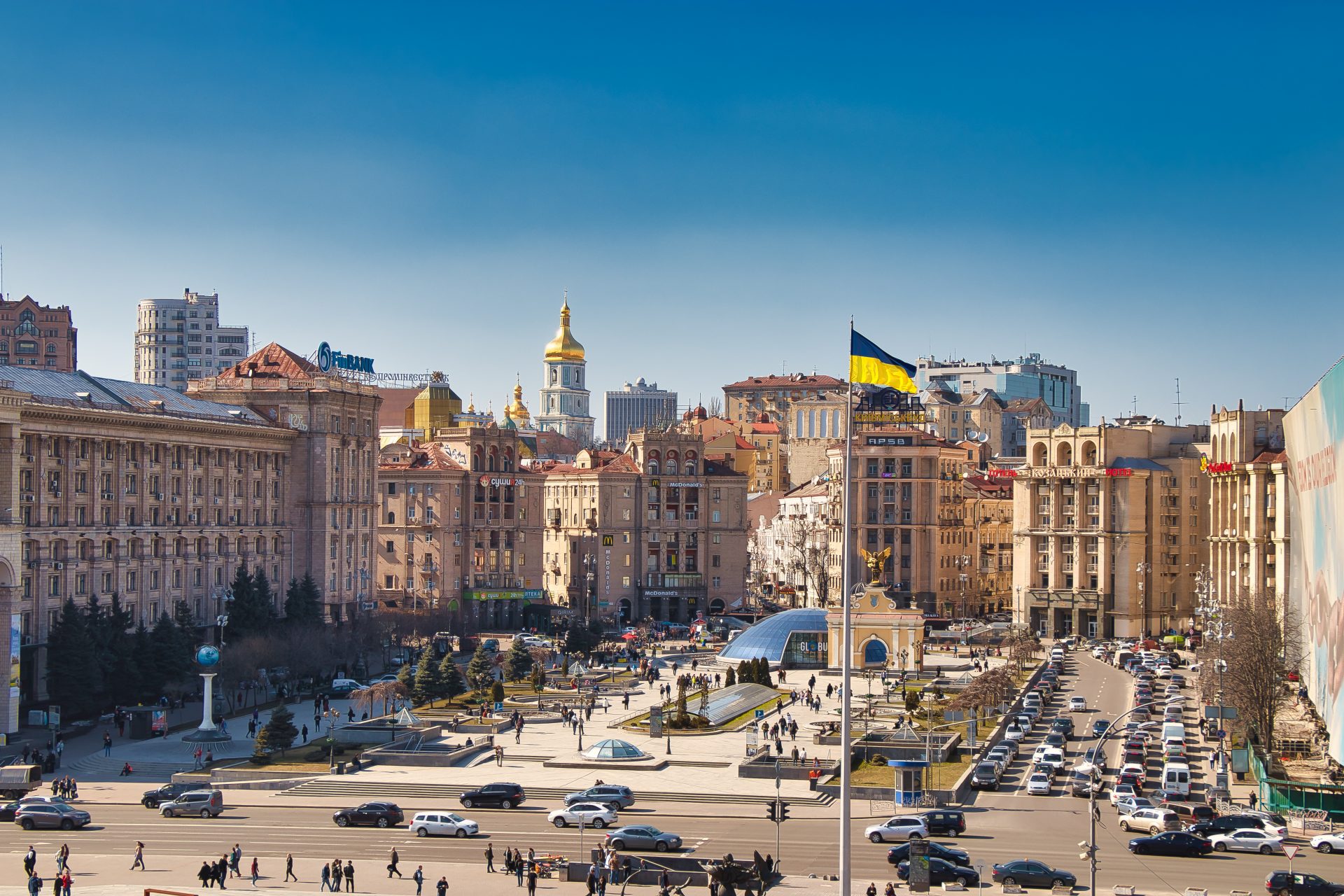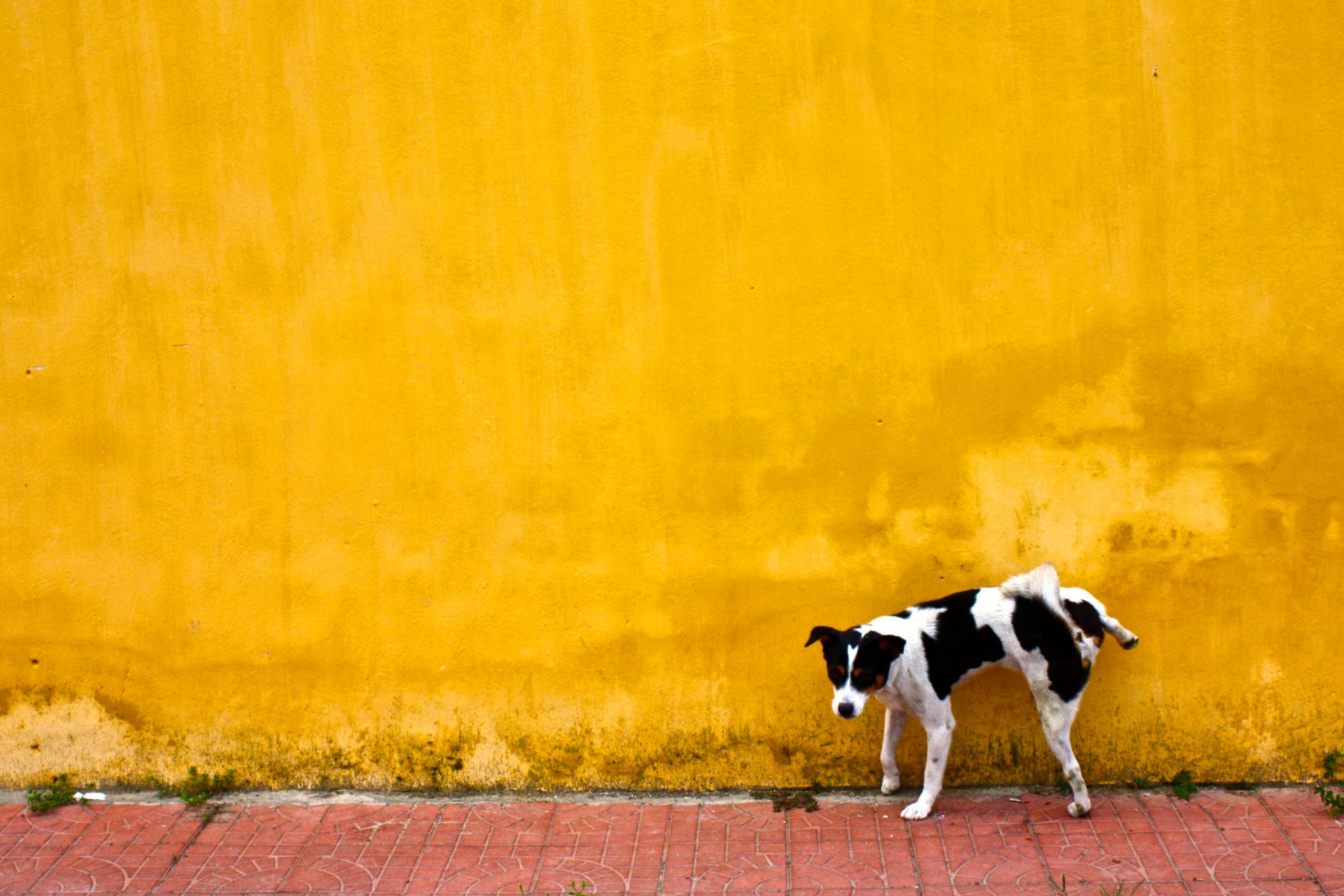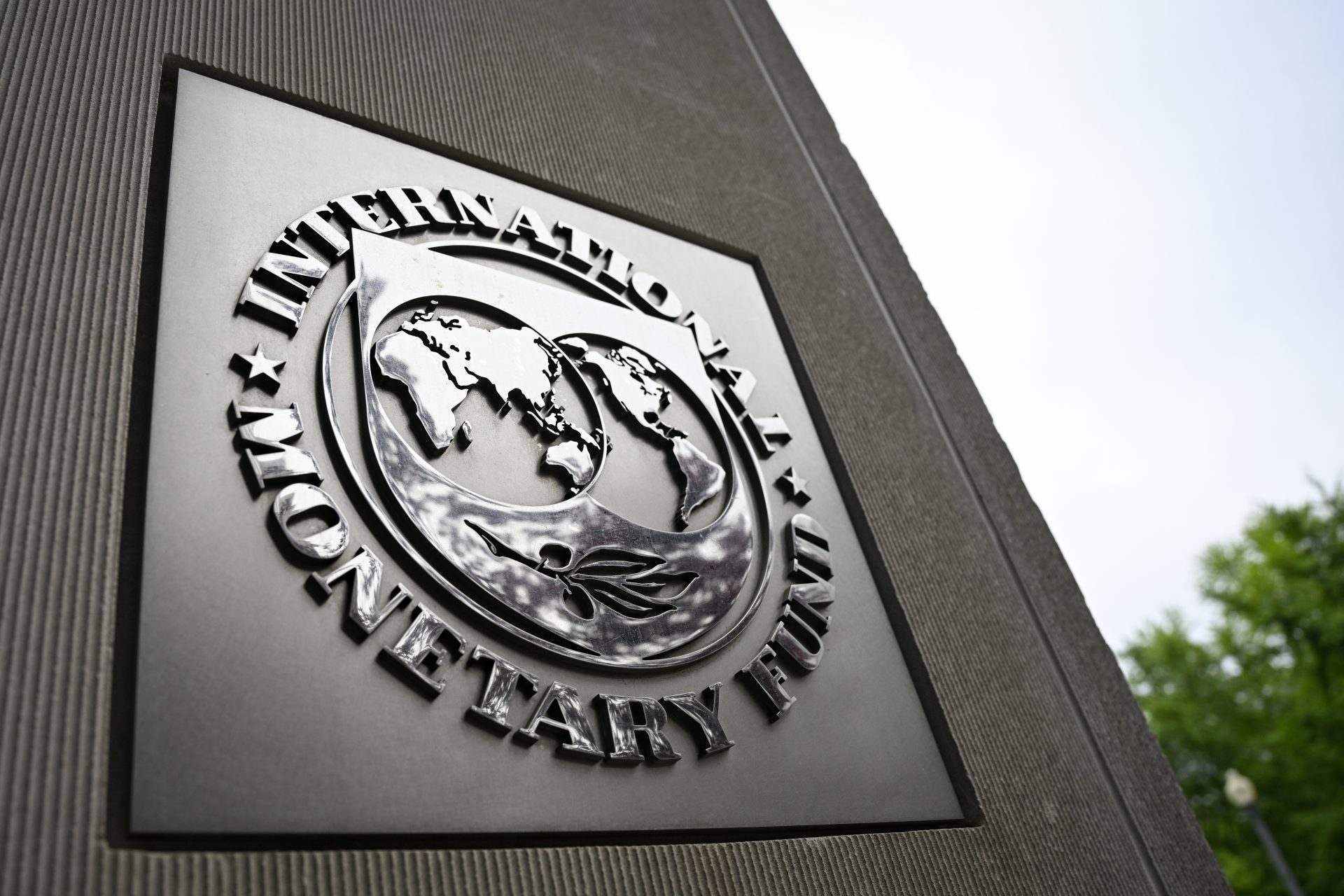Is chocolate happiness? The industry makes sure it is not
Most people love chocolate. That sweet treat can make us happy in an instant. However, it is not such a joyous delicacy for the farmers that grow its main ingredient: cocoa.
Two-thirds of the world's cocoa supply comes from just two West African countries: Ghana and Ivory Coast. According to the Cocoa Barometer, most farmers in those countries have small land and production.
The chocolate industry is a trillion-dollar-worth pyramid, with multinational giants like Nestle. However, according to The Guardian, the farmers sell their products to a complex network of middle-man companies, making the supply chain opaque.
That is one reason farmers ended up at the bottom of the international chocolate trade pyramid. They receive low payments for their product.
According to 2022's Cocoa Barometer, producers receive only 5% or 6% of the value of every chocolate bar. The experts behind the report claim poverty is a primary driver behind other problems in the sector.
According to The Guardian, the obscurity of the supply chain has also made cocoa production a harbor for human rights abuses, and chocolate has long been linked to slavery.
However, the barometer refers to three main issues around cocoa farms: child labor, gender income inequality, and environmental issues like deforestation.
Approximately 1.5 million children perform age-inappropriate, including hazardous labor in Ghana and Ivory Coast. Generally, the children are part of the family that owns the cocoa farm.
The Yale Environment School magazine estimates that Ivory Coast has lost around 80% of its forests in the last 50 years, mainly to cocoa production.
The barometer claims that when farmers are not making a living income from their crops, other responsibilities, like the environment or their child's education, become secondary when they struggle to put food on their table.
Kwame Osei, the country director for Ghana and Nigeria for the Rainforest Alliance, told The Guardian a similar thing: "The single most significant driver of deforestation in cocoa production is poverty."
Osei also complained about farmers being vulnerable to climate change and having few opportunities to negotiate cocoa prices with prominent international buyers.
Ghana and Ivory Coast governments have failed to push companies to raise prices. Both governments decided to ally, as OPEC did for oil prices, in 2019, demanding a living income differential (LID) of US$400 per metric ton of cocoa beans.
Still, the governments have said that companies used the pandemic to bypass the obligation. The Cocoa Barometer agrees that multinationals need more commitment to ending poverty among their suppliers.
Certifications or sustainability labels are falling, the Cocoa Barometer explains. More than half of the world's cocoa is grown under those qualifications. However, manufacturers still go for the cheapest option, putting price pressure and making certifications useless.
To solve the problems, the experts advocate for good agriculture, governance, and purchasing practices. The solution must affect every part of the pyramid to strengthen the base.
More for you
Top Stories












